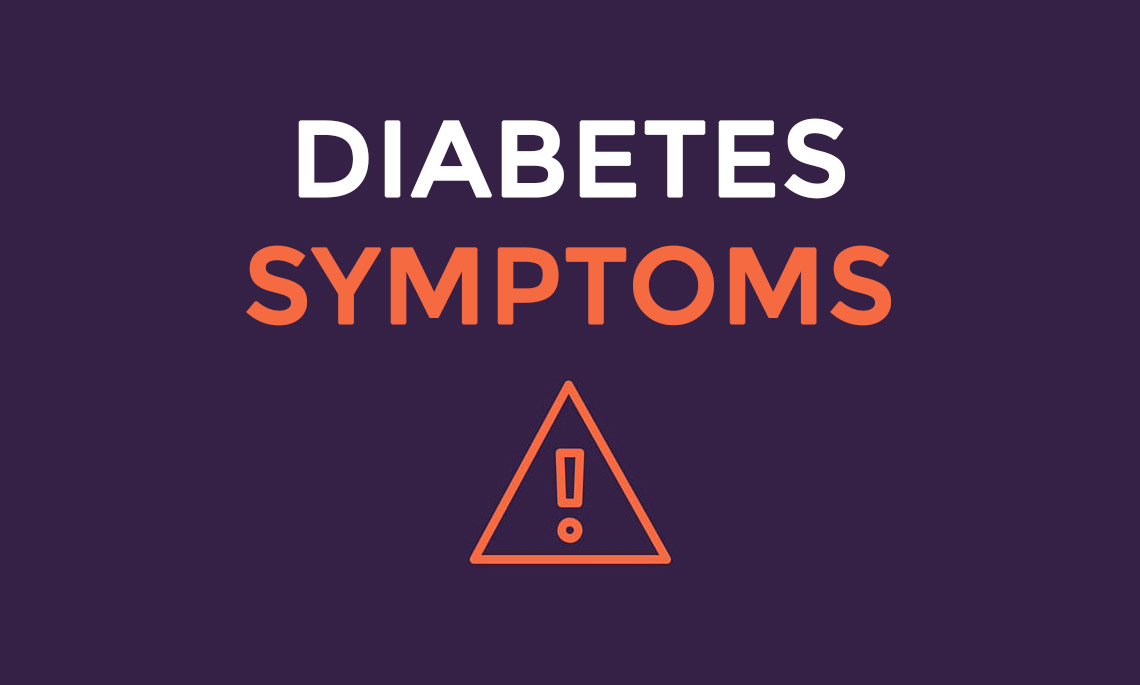How can you tell if you have diabetes?
Symptoms can be so subtle that you don’t even notice them.
Here’s what to look for:

Excessive thirst and increased urination
Excessive thirst and increased urination are classic diabetes signs.
Why? Normally your body reabsorbs glucose as it passes through your kidneys. But when diabetes raises your blood sugar, your kidneys kick in to get rid of all that extra glucose in the blood.
This triggers more frequent urination, which may leave you dehydrated.

Weight loss
Rapid weight loss may also be an indication of diabetes, especially if you have type 1 diabetes.
Because the body isn’t producing insulin, glucose is not getting into the cells, where it can be used as energy. As a result the body starts breaking down protein from the muscles and fat as an alternate source of fuel.

Fatigue and hunger
When your body doesn’t produce enough or any insulin, glucose can’t get into the cells resulting in a tired and weak feeling. This also can make you more hungry than usual.

Blurred vision
Having distorted or blurred vision are a direct result of high blood sugar levels.
Blurred vision is reversible once blood sugars are normalized but left untreated, diabetes can cause new blood vessels to form in your retina and damage eye vessels.

Tingling or numb hands and feet
Tingling and numbness are signs that nerves are being damaged by diabetes. High blood sugar can injure nerve fibers throughout your body, but diabetic neuropathy most often damages nerves in your hands and feet.
Neuropathy is a common complication but you can prevent or slow its progress with strict blood sugar control and a healthy lifestyle.
Treatment of diabetes
With timely detection diabetes can be well treated and nerve damage, heart trouble, and other complications can be avoided. The aim of the treatment is to keep blood glucose levels as near to normal as possible. Successful treatment makes all the difference to long-term health, and can be the key to living with both type 1 and type 2 diabetes.
Key elements in diabetes treatment:
Education
Diabetes education means that you increase knowledge and understanding about diabetes in a targeted manner.
Regulating blood sugar levels
With careful control of your blood glucose levels you increase your chances of a healthy life without complications. Self-monitoring with a blood glucose meter becomes a daily routine. The measured values allow you to adjust the diabetes treatment.
Diet and exercise
Dietary changes and exercise are vital to your diabetes control.
Regular exercise helps your body lower blood glucose levels, enhances overall fitness and aids in maintaining a healthy weight.


